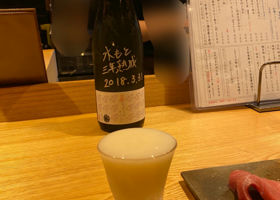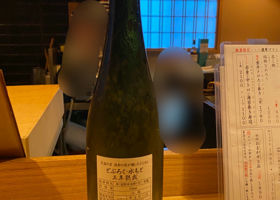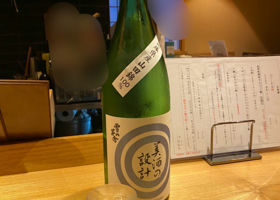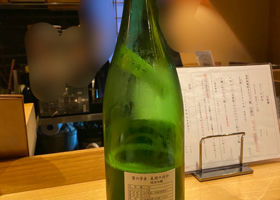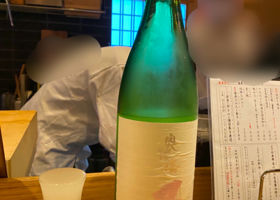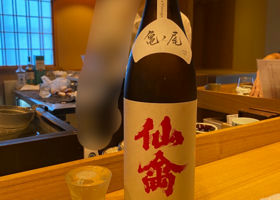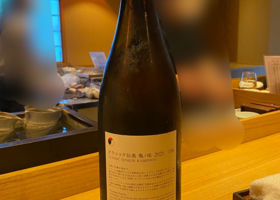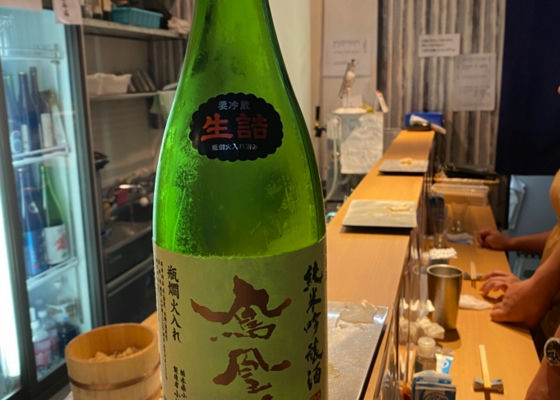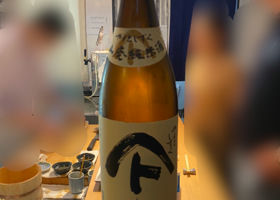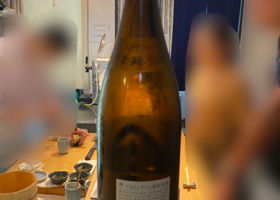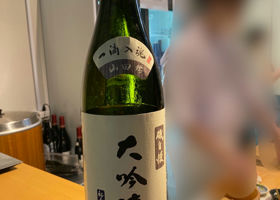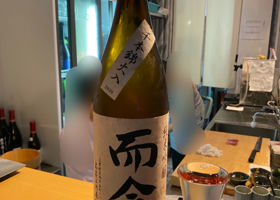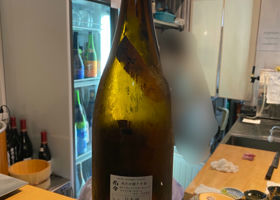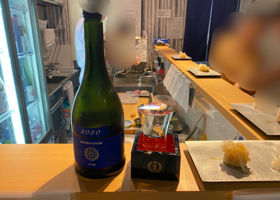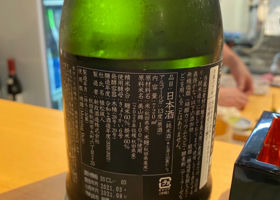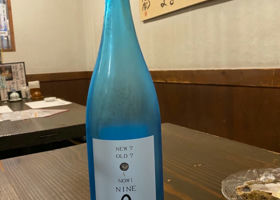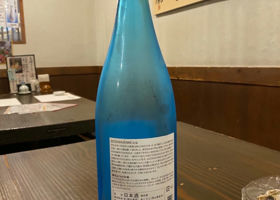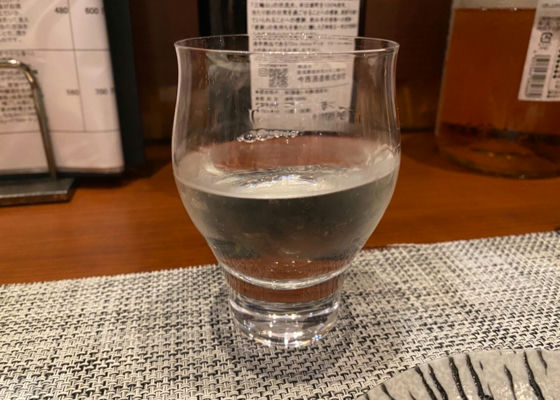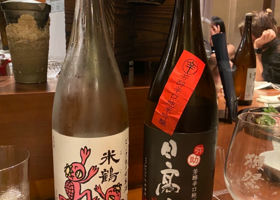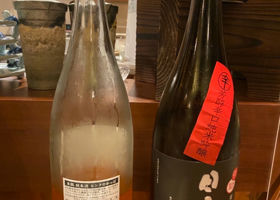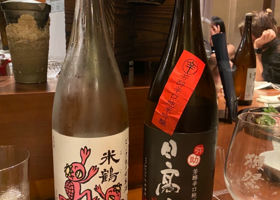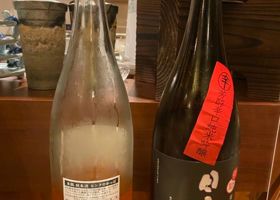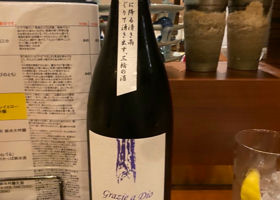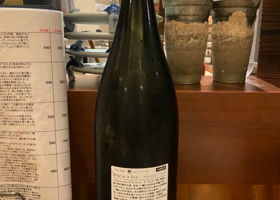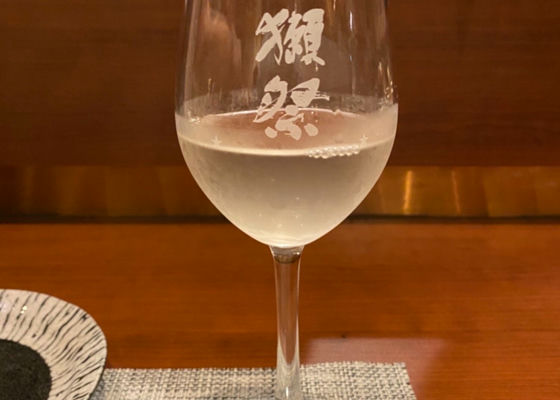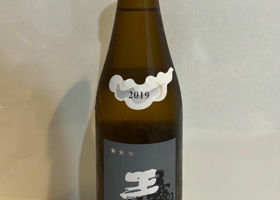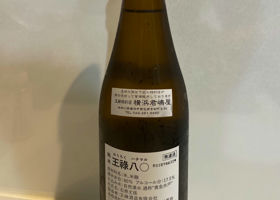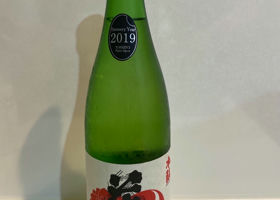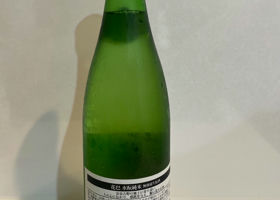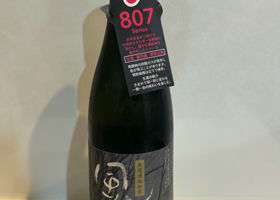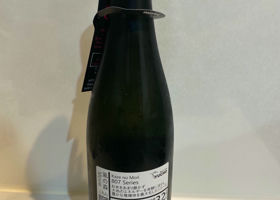IyokagiyaKagiya Nine 9 -Dry Taste- 辛口純米
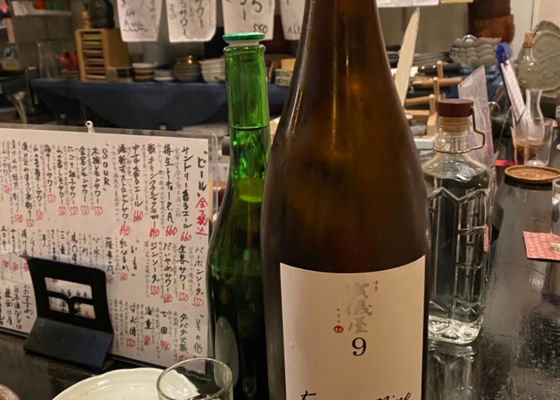
robertpark41
This is a dry sake in the style of Iyogagiya, using Shizukuhime from Ehime Prefecture and Association No. 9 yeast. This is a limited edition sake that goes back to the basics, and is different from the regular Iyogagiya lineup that makes the most of the flavor of the rice, and focuses on the yeast No. 9 that has been used at Seiryu Shuzo for a long time.
In the mouth, the tenderness of the rice spreads softly, and the finish is dry and refreshing with a lingering aftertaste. It can be served cold for a refreshing taste, or warmed for a relaxing experience.
Its rich rice flavor and dry finish are perfect for sashimi and delicate Japanese cuisine, as well as Western cuisine and meat dishes. It is a good sake that can be drunk naturally while eating.
Type:Junmai, Hi-ire
Ingredients: Rice, Rice malt
Sake Meter: +9 Acidity: 1.8
Rice polishing ratio: 70% (Shizukuhime from Ehime Prefecture)
Alcohol: 16.5
3.8/5.0
Japanese>English
